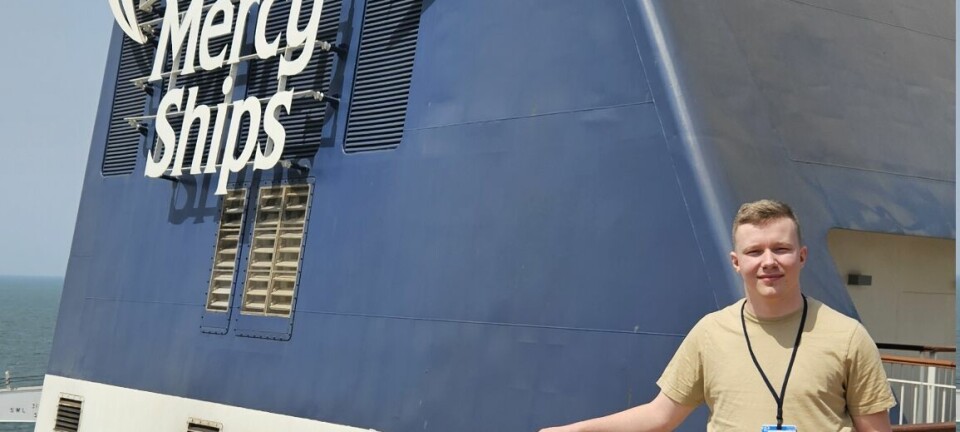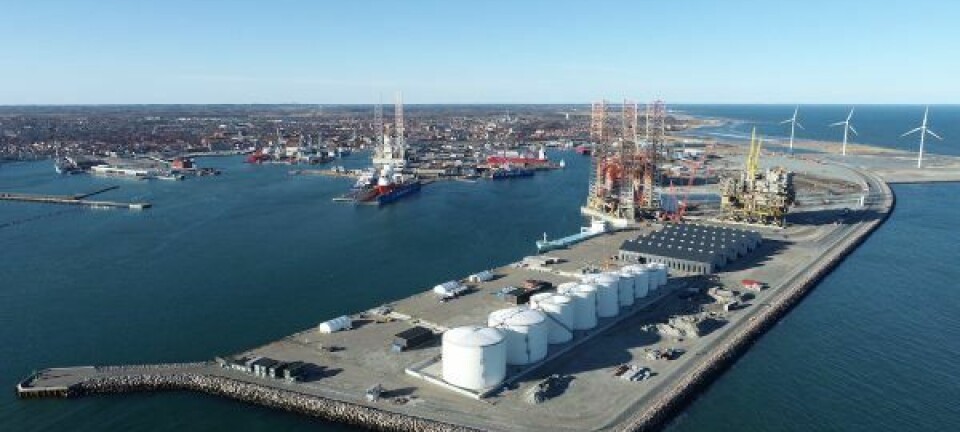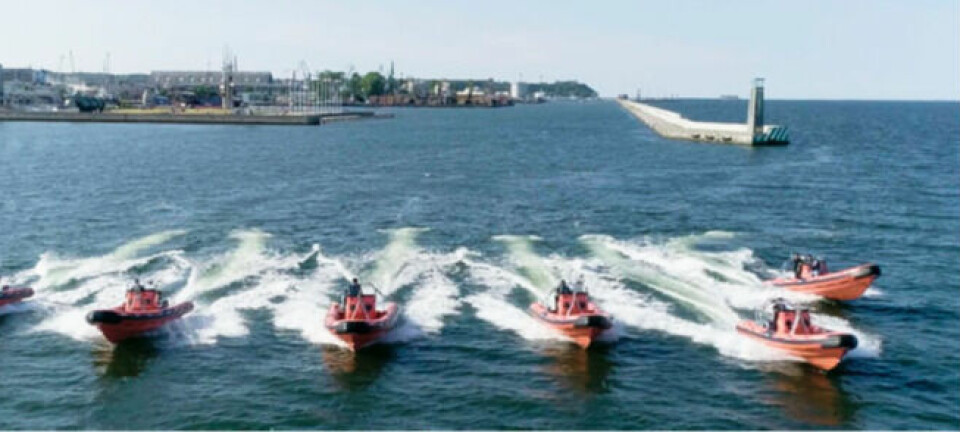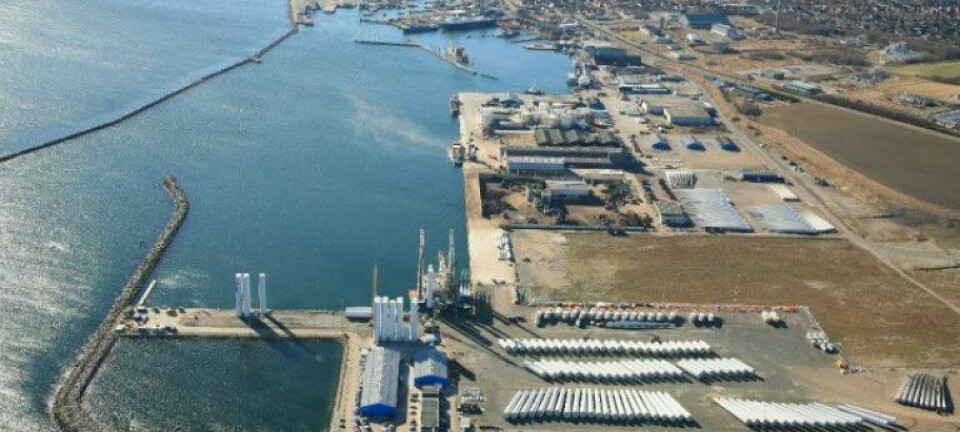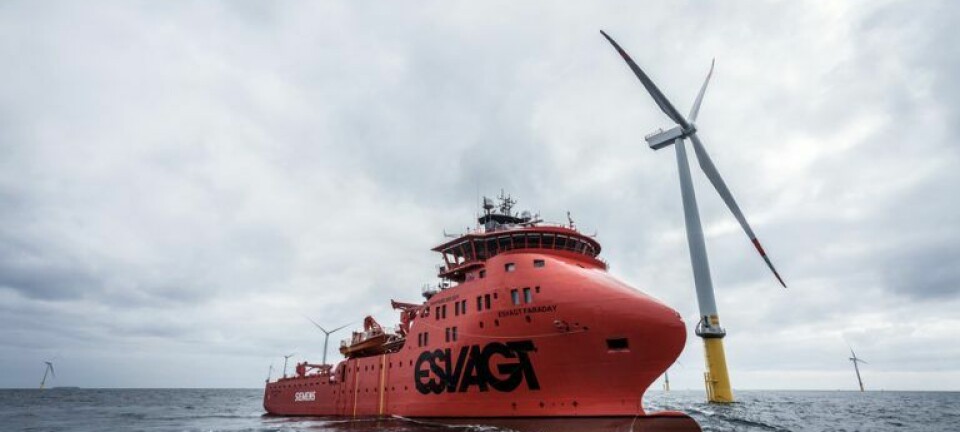Vancouver port cargo volumes up in 2020

The Port of Vancouver saw cargo volumes increase in 2020, despite the ongoing global COVID-19 pandemic.
By Michael McGrady, Maritime Direct Americas & Pacific Correspondent
VANCOUVER, BC — The Vancouver Fraser Port Authority announced earlier this month that it populated and released its 2020 year-end statistics for goods moving through the largest port on the Canadian Pacific Coast.
According to a press statement, cargo through the port increased by roughly 1 percent from 144.2 to 145.5 million metric tonnes, year over year. There are also annual records set for grain, potash, and itemized container trade.
“During what was most definitely a year that will be in the history books amid a myriad of challenges and global economic uncertainty, the value and resiliency of Canada’s largest port has certainly been showcased,” said Robin Silvester, the president, and chief executive officer of the port authority, in the same statement.
“The determination and commitment of so many to keep the supply chain operating well, while safely managing the far-reaching impacts of the pandemic, were critical to Canadians and Canada’s economy, though some sectors, like cruise, were hard-hit last year,” Silvester said.
Shipping container quantities measured by TEU were recorded over 3.5 million TEUs. That’s an increase of 2 percent compared to 2019 prior. The port authority also updated its container forecasts and expected continued growth in the cargo sector.
World-Grain.com also reported that the surge in overall volume came from grain shipments via bulkers and containers. This increased to 35.1 million tonnes (24 percent increase), and wheat, canola, and specialty crops contributed to the volume surge.
“Trade is continuing to grow, and a core part of our role as a Canada Port Authority is to ensure the port infrastructure is there to handle what Canada wants to trade,” added Silvester. “By investing to build the necessary capacity to accommodate increasing trade growth, we are supporting all port users including farmers, businesses, and industry who rely on the port to move their goods efficiently and remain competitive. This is critical to the long-term economic viability of this gateway and of Canada.”



